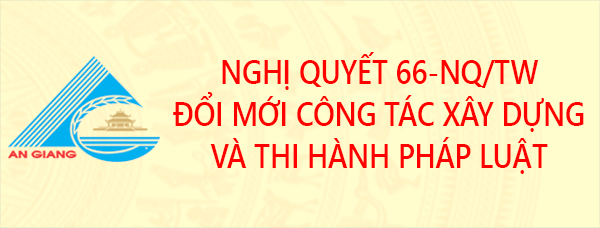An Giang Province is on the western extreme of the Mekong Delta bordered by Dong Thap on the northwest; Can Tho on the southeast; Kien Giang on the southwest and 95 kilometre long border with Cambodia on the northwest. An Giang Province is defined by the Tien Giang and Hau Giang Rivers adjacent to the Cuu Long River. Geographically it has a few low mountains and lowland areas.
An Giang first became a province in 1832, having been settled by ethnically Vietnamese migrants moving southwards in search of new land. It is believed that An Giang was once an important centre of the vanished Óc Eo culture, presumably owing to its position on the river. Traditionally, An Giang has been known for its silk industry.
An Giang is home to a sizable number of people from Vietnam's ethnic minorities. Due to the province's proximity to Cambodia, the Khmer Krom are the largest non-Vietnamese group. Other groups, such as the Cham and ethnic Chinese (Hoa), are also found in An Giang.
The Ba Chuc massacre of April 1978, in that border province with Cambodia. On the day the Khmer Rouge began its series of border raids, April 15, 1978, Ba Chuc was a quiet little village of about 3,500 people. For two weeks, ending April 30, 1978, the Khmer Rouge tore through Ba Chuc slicing to bits anything that breathed, literally ripping apart young children limb from limb and hacking the adults to pieces with machetes. When the raids ceased the population of Ba Chuc had been reduced to 2.

















